“Pass the ketchup! Who wants seconds? Are you going to eat that?”
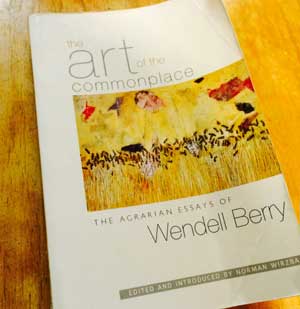 Phrases like this are music to my ears. Not because I‘m crazy about my condiments or I like getting kids to fill their bellies with food, but rather it’s the intentions behind such an act of passing the ketchup bottle and empowering them to take care of one another at the table. Let me explain.
Phrases like this are music to my ears. Not because I‘m crazy about my condiments or I like getting kids to fill their bellies with food, but rather it’s the intentions behind such an act of passing the ketchup bottle and empowering them to take care of one another at the table. Let me explain.
After reading “The Pleasures of Eating” and “Solving for Pattern,” agrarian essays by Wendell Berry, I have become much more sensitive to common table occurrences such as these.
Food is a big deal.
We eat it multiple times a day, it’s usually always on our minds, and it can bring such joy or pain to our everyday lives. I’ve seen the documentaries about the problems with today’s food industry in how food is created and distributed. It’s not healthy for me, it’s not healthy for the soil, farmers are losing their small family farms to large corporations by the hundreds of thousands of acres every year… but what else could our broken relationship to food be creating? It is creating generations of “industrial eaters.”
“The industrial eater is, in fact, one who does not know that eating is an agricultural act, who no longer knows or imagines the connections between eating and the land, and who is therefore necessarily passive and uncritical- in short, a victim” – Wendell Berry
Is this how our relationship with food should look? Does an increase in production and efficiency, no matter the cost, become our number one goal? Should food be used as a weapon to bait the international community and enforce political power? Well, since you happen to be reading my blog post I’m going to take this opportunity to throw in my two cents.
My answer is an emphatic “no”.
Food should not be viewed in this way. It is much more than just a source of energy to be consumed. In the words of Berry, the idea of food should be a source of mutual care, generosity, neighborliness, festivity, communal joy, life, and community!
When food just becomes a transaction of calories between an edible object and your body, it loses its purpose of bringing people together and loses sight and care for how it’s produced and what it’s made of. And sadly, if we lose sight of where our food comes from, we are essentially valuing the efficiency and increased production of food, which is quietly destroying the health of the soil and eventually, the health of human communities. In other words, what goes around comes around! In Solving for Pattern, Berry states:
“What is good for the water is good for the ground, what is good for the ground is good for plants, what is good for plants is good for animals, what is good for animals is good for people, what is good for people is good for the air, what is good for the air is good for the water. And vice versa”.
So! All of us have a decision to make. Are you going to be a part of the solution to bridge the gap between our disconnect with food? If so, what might that solution look like? Berry explains “a good solution acts within the larger pattern the way an organ acts within the body” (Solving for Pattern).
In other words, food is produced through the processes and principles of nature. It cannot be merely created through human design. What ways can we produce and consume food that balances out human needs, natural (not artificial or introduced) systems, and fosters community?
I’m not sure if I have all the answers to this question, but I know it all starts with becoming a conscious eater.
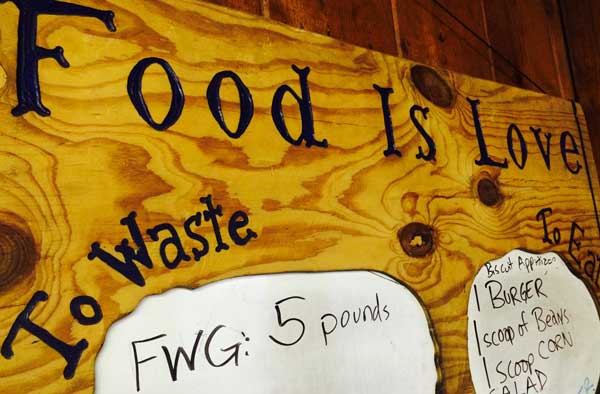 When we become conscious eaters, then we make more conscious decisions about our food intake. This way, food no longer becomes just a source of energy, but also a gift from the land and something that should be cherished and celebrated.
When we become conscious eaters, then we make more conscious decisions about our food intake. This way, food no longer becomes just a source of energy, but also a gift from the land and something that should be cherished and celebrated.
Here at High Trails, we have a saying that “Food is Love.” Food is love because it is certainly a way we feel loved and how we can show love to others. It’s the excuse behind gathering with people we care about three times a day. This is also the reason why every meal in the Dining Hall is run family style; serving each other food, pouring each other’s water glass, passing food around to those who have an empty plate, waiting until everyone has food on their plate before digging in, cleaning up the dishes, etc.
Also, we at High Trails seek to create conscious eaters through setting food waste goals every meal. Not only is zero food waste socially and environmentally responsible, but it also encourages students to make conscious decisions about what they eat, how they eat it, meanwhile pointing out how much we take for granted the resources and processes it took to get the food to our plate.
If we become conscious eaters, Berry believes then, and only then, will we be able to see food and community for what it truly is; pleasure. From the Pleasures of Eating:
“Eating with the fullest pleasure – pleasure, that is, that does not depend on ignorance – is perhaps the profoundest enactment of our connection with the world. In this pleasure we experience and celebrate our dependence and our gratitude, for we are living from mystery, from creatures we did not make and powers we cannot comprehend”.
So now that this blog post is nearly ended, turn off your computer or phone and go! Support your local farmers and CSA’s. Buy local and organic when you can. Buy fruits and vegetables that are in season. Make a meal. Invite your friends and family. Fight the industrial eater mentality and let food do what it does best. Let’s change this world one meal at a time.
At High Trails Outdoor Science School, we literally force our instructors to write about elementary outdoor education, teaching outside, learning outside, our dirty classroom (the forest…gosh), environmental science, outdoor science, and all other tree hugging student and kid loving things that keep us engaged, passionate, driven, loving our job, digging our life, and spreading the word to anyone whose attention we can hold for long enough to actually make it through reading this entire sentence. Whew…. www.dirtyclassroom.com

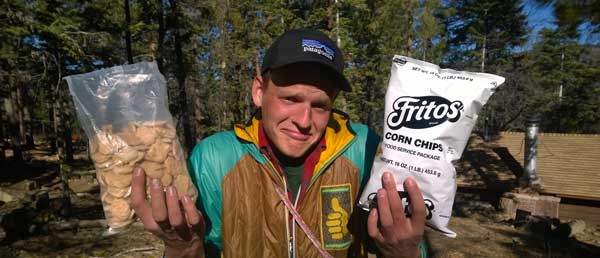
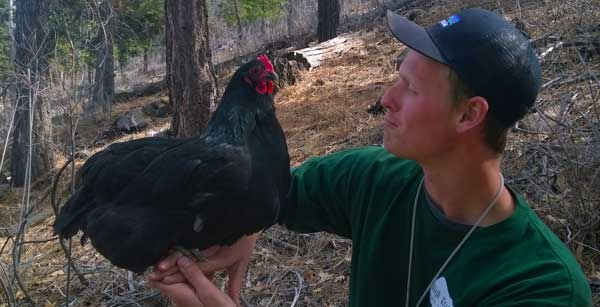

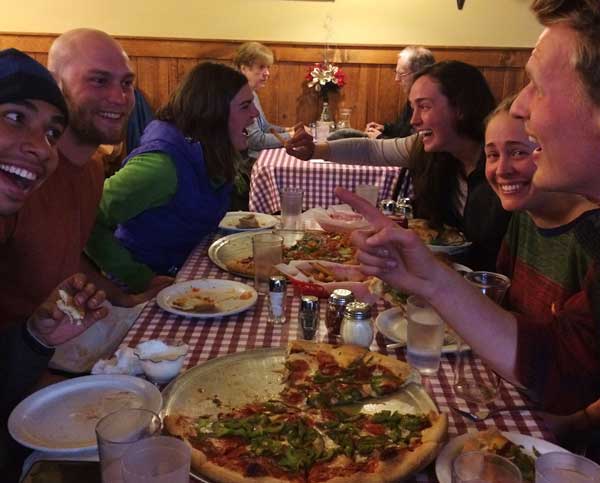
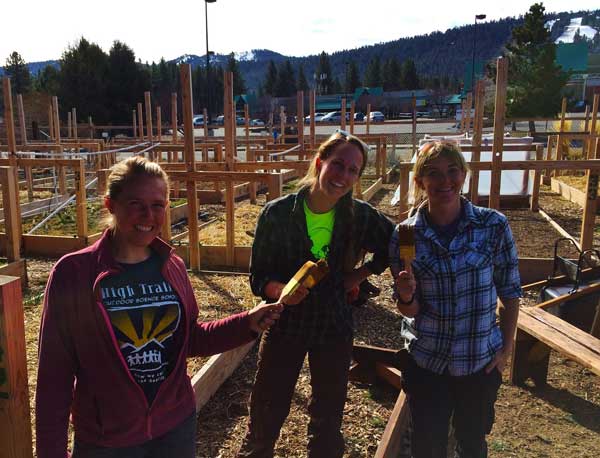
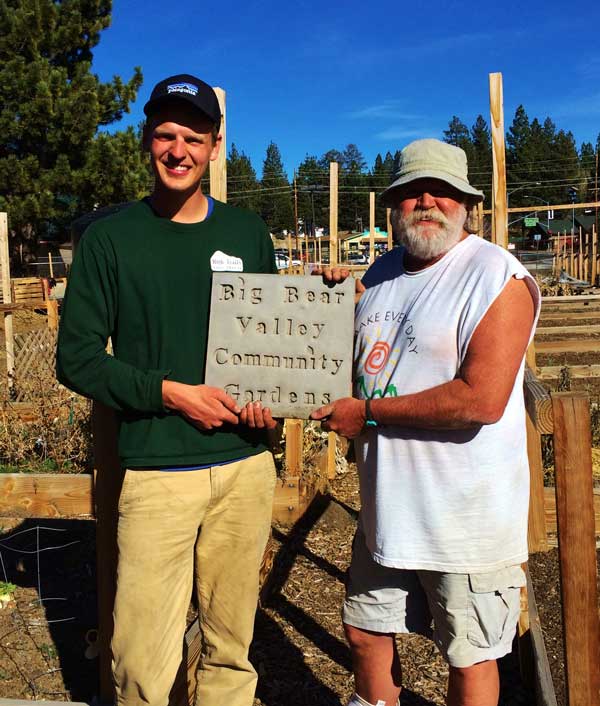
Comments are closed.